There are multiple backup strategies to protect your PC, and 3-2-1-1-0 backup rule is one of them. What is its principle? Why do you need it? How to use it? What makes the 3-2-1-1-0 rule different from others? In this guide on MiniTool, we’ll explain them one by one.
As technological advancements continue to reshape society, the transformation in people’s daily lives has been profound. The ubiquity of threats and crimes in cyberspace has not only forced people to enhance cybersecurity awareness but also redefined how individuals protect their critical data. Today, we’re about to talk about 3-2-1-1-0 backup rule.
3-2-1-1-0 Backup Strategy
Backup is the protection against multiple possible errors, disasters and attacks, serving as a solution for occasional lost or deleted files and as disaster recovery. A rational backup strategy protects against almost all threats. Following the 3-2-1 backup rule, the 3-2-1-1-0 rule comes to the best backup strategy.
What is the 3-2-1-1-0 backup rule? What does it consist of? Let’s see the explanation below.
3: Retain 3 Copies of Each File
Other than your original data, you should also keep at least two more copies, ensuring their safety, up-to-date status and accessibility. The sufficient copies guarantee that even if one copy is lost due to hardware failure, mistaken deletion, cyber-attack or sync errors, there are still two others available for data recovery.
2: Store Backups on 2 Different Media
Multiple storage media can help protect data from the impact of specific hard drive failures. Therefore, it is not recommended to store the two copies of the backup on the same storage media. The best practice is to maintain one copy on the internal hard drive and the other copy on a removable storage media (such as tape, external hard drive, cloud storage, network drive, etc.).
Related article: Top 3 Ways to Backup Removable Devices on Windows 10/11
1: Maintain 1 Copy at Offsite
Retain at least one backup offsite, which means, keeping at least one copy of your up-to-date data in a place far away from the physical location where the original data and primary backup are located, such as cloud storage or a remote server. The original data, primary backup and secondary backup may all be damaged due to theft, fire, flood, earthquake or other environmental threats. This practice is especially significant in regions where natural disasters occur frequently.
1: Store 1 Copy at Offline
Preserve at least one copy offline. An offline backup is also known as an air-gapped backup. Air-gap refers to storing the copy on infrastructure that is not connected to any external connections (network, USB, tapes, etc.). If a hacker gains access to your Windows environment, all data with an online connection will be affected. Therefore, creating a backup isolated from the external network can protect data from ransomware and other cyber threats.
0: Test Backups with 0 Errors
Finally, the 0 in the 3-2-1-1-0 backup strategy represents zero errors. It refers to the process of regularly testing and verifying your backups to ensure they are error-free and can be restored without issues.
One side, backup needs to be monitored on a daily basis. Backups are of utmost importance and cannot afford any mistakes. Therefore, if there are any errors, they should be resolved and cleared up as soon as possible.
For another, at a set interval, you have to carry out recovery tests – restore your data from the backups and verify if everything is as it should be. Regularly verifying backups can ensure their reliability and make them available at any time in a disaster recovery scenario, avoiding unexpected situations at critical moments.
To sum up, if you work with the 3-2-1-1-0 backup strategy, it can effectively cope with various potential threats through multi-level and multi-faced unbreakable data protection, ensuring the security of data and the continuity of work flow.
Use MiniTool ShadowMaker to Protect Your PC
When you intend to carry out the second part of the 3-2-1-1-0 backup rule, you can choose reliable backup software to back up your PC to an external hard drive. Available in almost all Windows systems, MiniTool ShadowMaker is dedicated to providing data protection and disaster recovery solutions for both individuals and companies.
It has two data backup best practices: Backup and Clone Disk.
With the Backup feature, you can easily backup files, the system, partitions, and disks and save the image files to an external hard drive, USB flash drive, etc.
Its Clone Disk feature can clone SSD to larger SSD or clone HDD to SSD. By creating an exact copy of the source disk, this includes all data, the operating system, installed programs, settings, and partitions. Unlike traditional backups, a cloned drive can be used directly if needed.
Next up, we are going to show you how to perform the local computer backup according to the 3-2-1-1-0 backup rule with MiniTool ShadowMaker.
Option 1: Create Backup Images
Step 1. Click on the download button below to download and install this 30-day free trial.
MiniTool ShadowMaker TrialClick to Download100%Clean & Safe
Step 2. Launch it and click on Keep Trial to access its main interface.
Step 3. In the Backup page, your Windows system is selected as the backup source in the SOURCE section, by default, containing all stuff required for your PC to work properly.
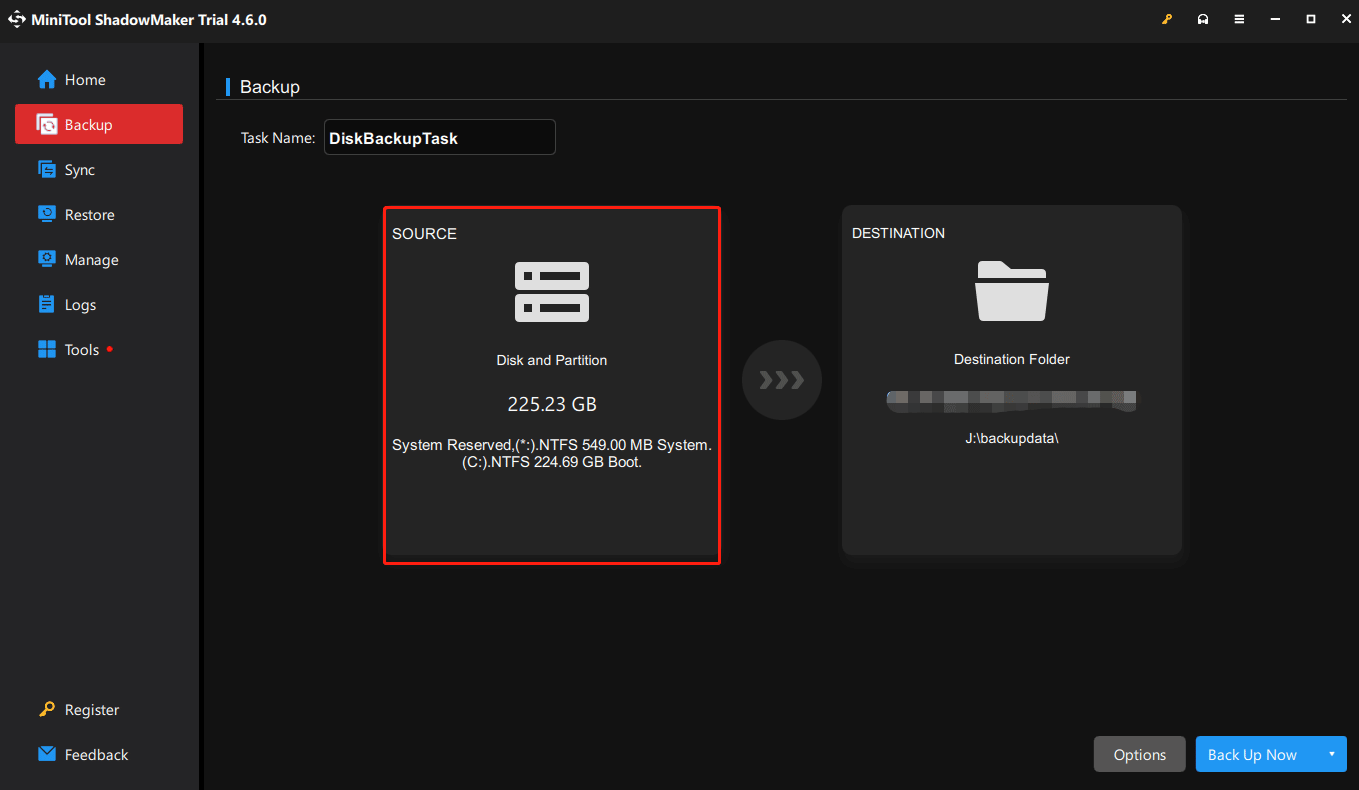
The system image enables you to restore your PC to previous date. Also, you can go to SOURCE > Folders and Files to protect the important files. Click on OK to go on.
Step 4. Select the DESTINATION module to pick out a storage path for your backup task. MiniTool ShadowMaker has a wide selection of destinations, including a USB flash drive, USB hard drive, external hard drive, network drive, and more.
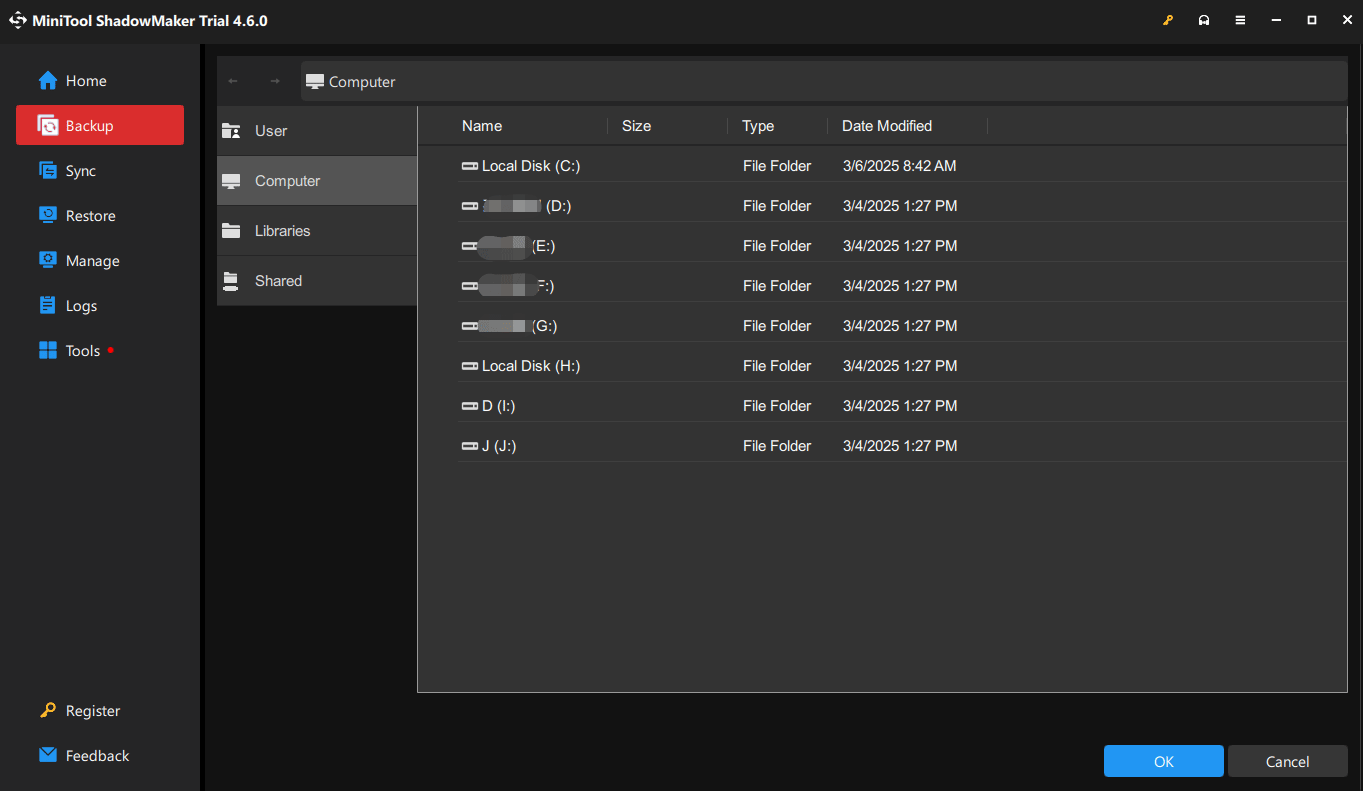
Based on the 3-2-1-1-0 backup strategy, here we select an external hard drive as an example.
Step 5. Click on Back Up Now to perform the backup task at once.
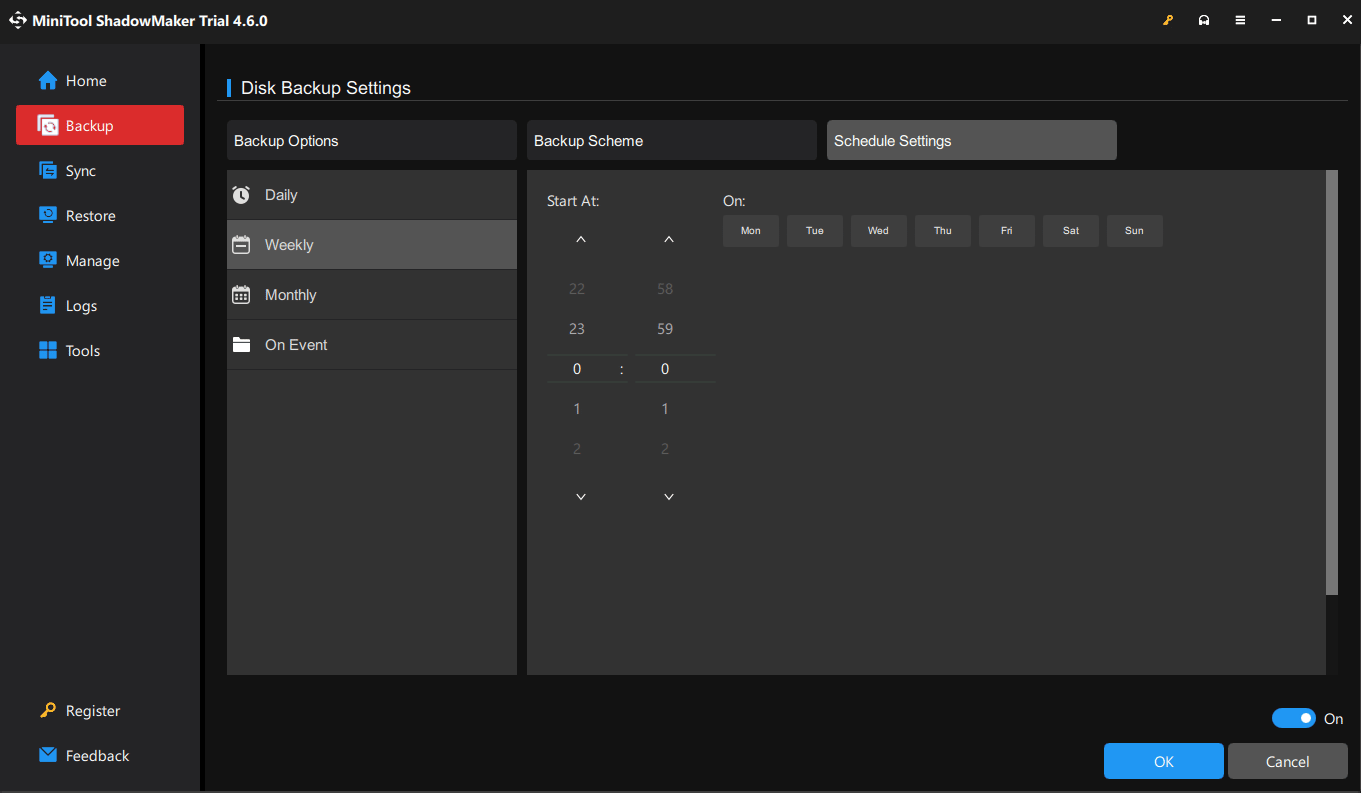
Option 2: Clone Data Disk
Step 1. Open MiniTool ShadowMaker and click on Keep Trial.
Step 2. Head over to the Tools page and choose Clone Disk.
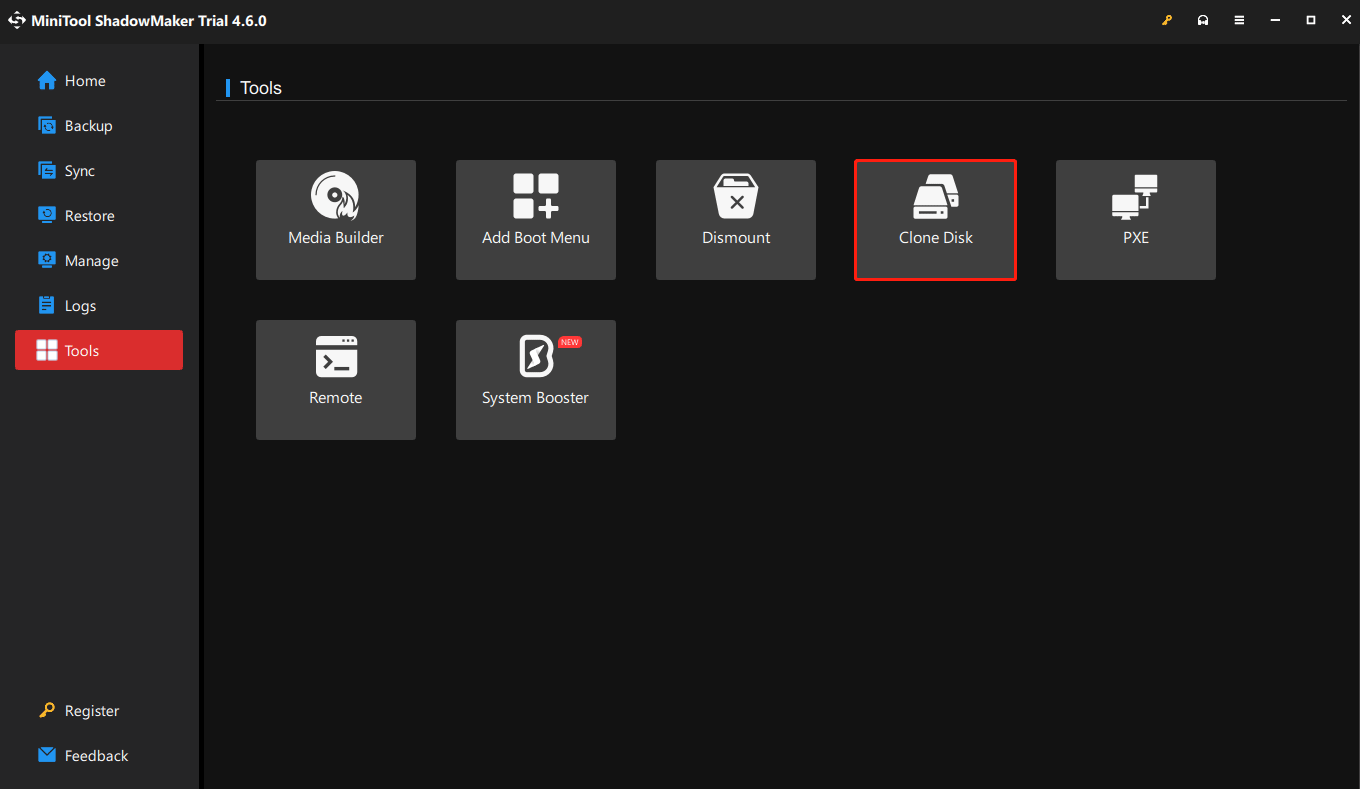
Step 3. Then you need to specify the system drive as the source disk and click on Next. As to the destination, you need to choose an external disk which should be blank and large enough to save your disk data. Since you are cloning a system disk, you need to register the software to unlock more powerful features.
Step 4. Tap on Start. If you choose the same disk ID in Options, then it will warn you the target disk will be marked offline when both the source and target disk are connected to the computer. This way, upon the end of cloning, power off the PC before unplugging the target disk.
Backup Your Data Offsite
The third part of the 3-2-1-1-0 rule requires you to store a copy in a destination far away from the production location like cloud storage or remote computers. If you choose cloud, OneDrive, Dropbox, Google Drive, and more are supported; if you go for a remote device, MiniTool ShadowMaker can still meet your needs.
Related article: How to Perform Remote Backup with MiniTool ShadowMaker
Further Reading: 3-2-1 vs. 3-2-1-1-0
The modern situation of data protection demands that all protective practices should keep pace with time and be flexible to adapt to the development speed of ransomware and other potentially disastrous software. To a certain extent, the development of cybersecurity threats and data protection is synchronous. While data protection practices are being improved, cybercrime is also intensifying.
Apparently, the 3-2-1-1-0 rule is derived from 3-2-1, which is more extensive and comprehensive and offers more protection in the era of cloud backups and ransomware.
The 3-2-1 backup rule stipulates you should:
- Always keep 3 copies of your data (counting your original data).
- Store the copies on 2 types of different storage media.
- Retain at least 1 copy offsite (physically and geographically separate from the rest).
The difference between the 3-2-1 and 3-2-1-1-0 backup rules lies in that the former can help you preserve production data, while the latter not only includes all the contents of the former but also adds additional backup storage and error-checking mechanisms.
The 3-2-1-1-0 rule significantly improves your recovery chances in the event of data loss, no matter what occurs to your production data, such as malware, physical damage, or human error. Obviously this is currently the highest level of protection measure available.
In addition to 3-2-1-1-0, 3-2-1 has a couple of variations, such as:
- 3-1-2 – utilizes cloud storage to store the two copies in separate locations.
- 3-2-2 – simple variation of 3-2-1.
- 3-2-3 – stores the second storage media copy in an offsite state.
- 3-2-1-1 – adds backup immutability or air-gapped.
About 4-3-2 Backup Strategy
In fact, there is another backup principle – 4-3-2 backup rule. Both it and the 3-2-1-1-0 rule can be regarded as emerging rules.
By 4-3-2 backup strategy, it means:
- Four copies of your data.
- Data in three locations (hard drives, external hard drives, and cloud storage).
- Two locations for your data are offsite.
A 4-3-2 strategy enables the backup data to be replicated and distributed across different geographical locations, minimizing risks brought about by natural disasters or other attacks. Furthermore, the backups are stored in two isolated networks. When these networks are compromised, they are separated from the primary network. Finally, the copies are immutable, avoiding deletion or encryption when hackers try to invade the system.
To Wrap Things Up
From this guide, you can tell what the 3-2-1-1-0 backup rule is, what the differences between the 3-2-1-1-0 rule and other variations of the 3-2-1 strategy are, and how to use it. You should respond to the current environment by looking for the best data backup practice to protect your precious data, and so it is with the 3-2-1-1-0 rule.
In addition to an overview of 3-2-1-1-0, we also introduce a powerful backup software – MiniTool ShadowMaker. It will help you create a backup image, clone disk, and back up to a remote server easily.
Do you have any problems or worries while using our product? If yes, please feel free to contact us via [email protected]. We’ll reply to you as soon as possible.
3-2-1-1-0 Backup Rule FAQ
1. Maintain 3 copies of your data: the original data + two backups.
2. Store backups on 2 distinct types of storage media.
3. Keep at least 1 copy in a geographically separate location from the original data.
4. Ensure 1 backup is immutable or air-gapped.
5. Ensure backups are error-free and tested regularly for recoverability.
1. Adding immutable and offline backups to block ransomware.
2. Testing validation to ensure backups actually work.
In a word, the 3-2-1 rule remains a solid foundation, but the 3-2-1-1-0 rule enhances modern cybersecurity resilience.
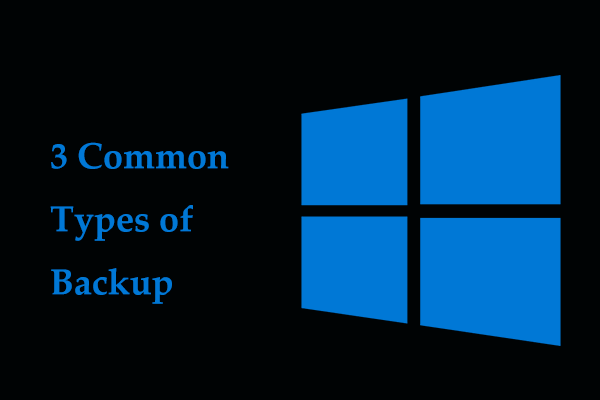
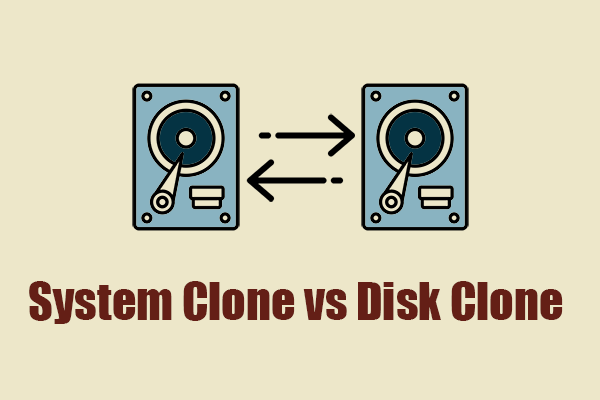
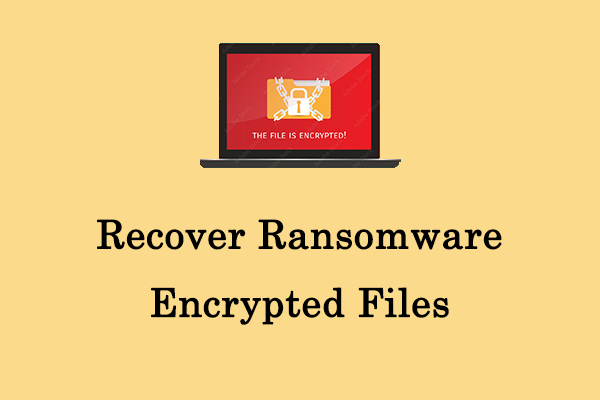
User Comments :